Research team: Charles University
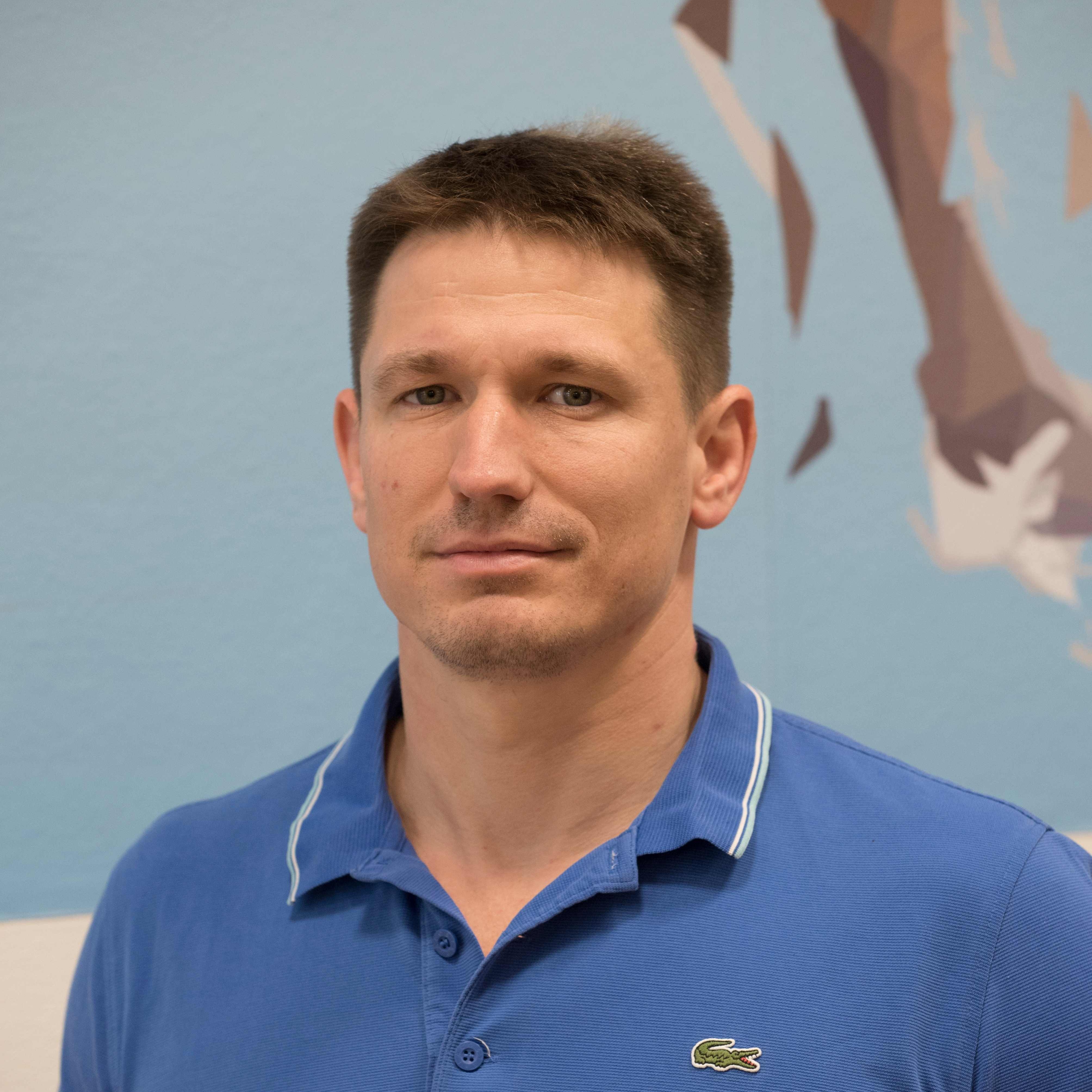
Countermesure exercises in microgravity
Doc. PhDr. Petr Šťastný Ph.D.
Charles University, Faculty of Physical Education and Sport
The team led by Petr Šťastný deals with verifying the effectiveness and safety of countermeasure exercise programs in microgravity based on intensive exercise in concentric, eccentric, and endurance muscle modes. Biomechanics of movement focused on maintaining bone health, health of the musculoskeletal system and particular physical fitness tests is also a thematic part.
As part of ongoing projects, he is preparing an experiment during parabolic flights ESA (Open Space Innovation Platform, Channel: SciSpac E CORA - Parabolic Flight esa.int), which will take place in May 2025. Within the project The High-Frequency Impulse for Microgravity (HIFIm) - The Future of Countermeasure Exercises, he is collaborating with partners St Mary's University-London, University of Sulford-Manchester and Physical Mind London.
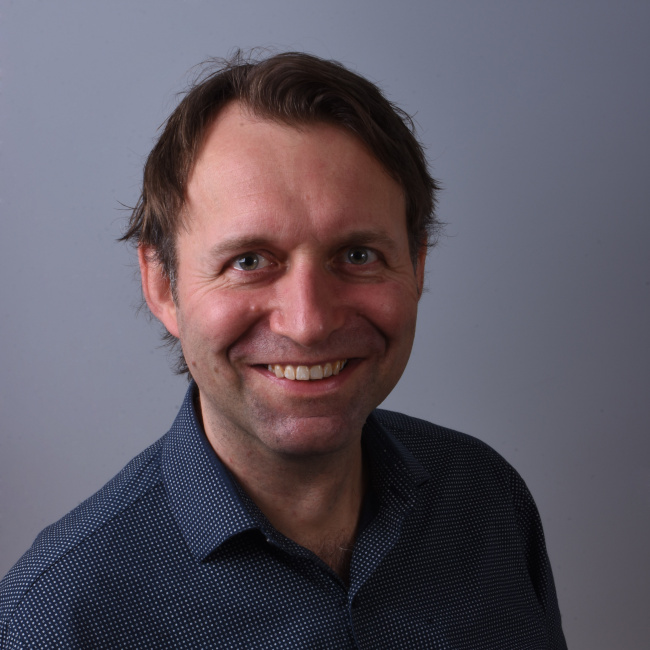
Monitoring Intraocular Pressure Parameters and OCTA Changes
MUDr. Bohdan Kousal, Ph.D.
Departement of Opthalmology
The aim of this project is to analyze changes in intraocular pressure (IOP) and retinal and choroidal vascular parameters using optical coherence tomography angiography (OCTA) in astronauts before and after spaceflight. Long-term exposure to microgravity is associated with various physiological changes, including ophthalmological that may affect visual function and ocular structure.
As part of the study, astronauts will undergo IOP measurements and OCTA examinations at multiple time points: pre-flight, during flight, immediately post-flight, and during the subsequent adaptation period on Earth. The results will contribute to a better understanding of the effects of microgravity on ocular circulation and the potential risk of spaceflight-associated neuro-ocular syndrome. These findings could help develop preventive measures and optimize healthcare strategies for future long-duration space missions.
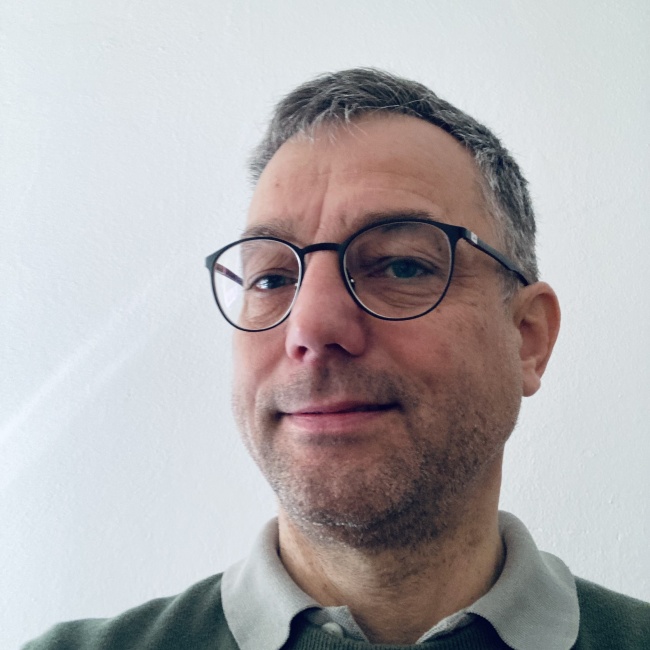
Development of Semiconductor Radiation Sensors
prof. Ing. Eduard Belas, CSc.
Department of Optoelectronics and Magnetooptics — Institute of Physics, Faculty of Mathematics and Physics, Charles University
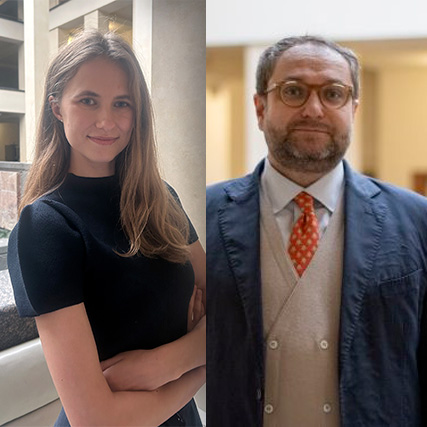
Space law and the creation of a future Czech Space Activities Act
prof. JUDr. Jakub Handrlica, Ph.D., DSc.
a Mgr. Kristýna Šopková
Department of Administrative Law, Law School, Charles University
Space law and the creation of a future Czech Space Activities Act: Czech Republic is a Contracting Party to all major international conventions currently governing the use of Outer Space. At the same time, however, it is a fact that, unlike many other European countries (e.g. France, Portugal, Denmark, Austria, Cyprus, Luxembourg and, most recently, Slovakia), national regulation of space activities is still absent in Czech law. The research conducted at the Department of Administrative Law in Prague deals with the creation of such a national regulation (of space activities law), which is a necessity in order to create a transparent, predictable and competitive space sector in the Czech Republic. The creation of such legislation is essential for the further development of the space sector in our country and is crucial for potential space start-ups and innovators. The future national legislation should at the same time enshrine support mechanisms for research and development in this field (e.g. special authorisation processes, special regulation of mandatory insurance).
Space Law Soirée: The Prague Department of Administrative Law, in cooperation with the Embassy of Italy in Prague, organizes a Space Law Soirée every autumn to discuss current issues of space law and its future. The next Soirée will be held at the Prague Law School in November 2025.
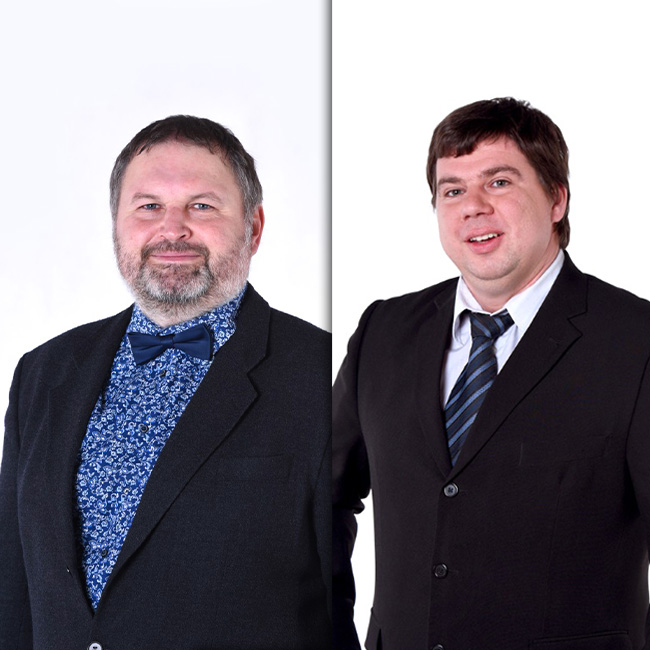
Identification of dust in the solar system and determination of its origin and properties
Doc. RNDr. Jiří Pavlů, Ph.D. a RNDr. Libor Nouzák, Ph.D
Department of Surface and Plasma Science, Faculty of Mathematics and Physics, Charles University
The team led by Jiří Pavlů studies dust grains and the processes that influence their behavior in the vicinity of the planets of our solar system. Detection of dust grains in the space environment is a relatively complex task, because although there are a number of methods for their registration, they are rarely applicable for in-situ measurements of space dust, mainly due to the excessive size and weight of the measuring instruments or the technical complexity of the solution. The most commonly used detectors are thus antennas that measure electric and magnetic fields on space objects.
The project has two closely connected branches: (a) laboratory simulation of processes leading to the charging of dust grains or effects associated with the impact of dust on various surfaces in laboratory conditions and (b) processing of data obtained by space probes (for example, in the dust rings of Saturn using antenna systems). The common goal of the project is to develop new methods for identifying dust grains in the space environment, which would allow defining their origin, properties (impact direction, their size and mass, charging processes in a given environment), using both simulation equipment built by the team in cooperation with the University of Heidelberg, and data processing from many satellite experiments. The first research results, which verified the possibility of detecting dust impacts using, for example, Faraday cups or based on various surface layers, were already tested at the University of Colorado, Boulder.
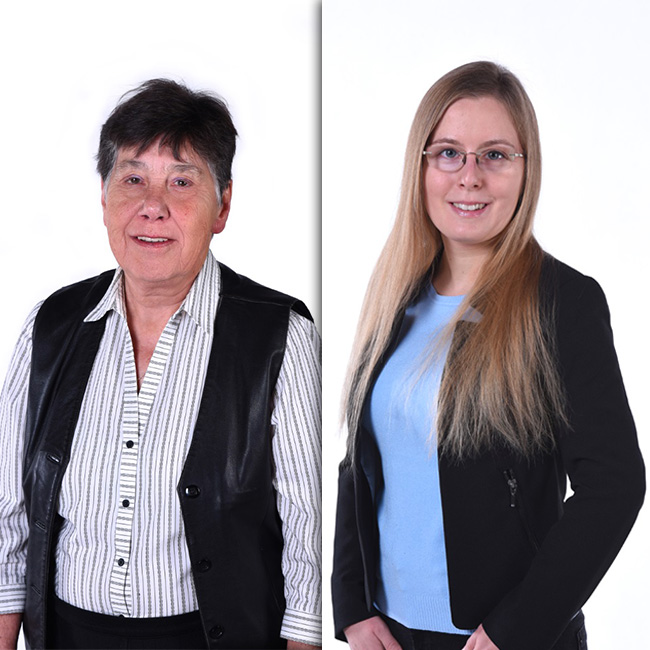
Contribution to the research of the solar wind: origin, propagation, dependence on processes on the Sun
Prof. RNDr. Jana Šafránková, DrSc. a Mgr. Tereza Ďurovcová, Ph.D.
Department of Surface and Plasma Science, Faculty of Mathematics and Physics, Charles University
Currently, scientists have a tremendous opportunity to better understand the influence of the Sun on processes on Earth, thanks to the unique configuration and measurement of interplanetary probes in the space between the Sun and the Earth - Parker Solar Probe, Solar Orbiter, Bepi Colombo and a whole series of satellites in the vicinity of the Earth - MMS, THEMIS-ARTEMIS, DSCOVR, SOHO, Wind, ACE. The aim of the project led by Jana Šafránková and Tereza Ďurovcová is to use the experience gained in processing data from the solar wind monitor developed and built at our laboratories, which measured solar wind parameters with unprecedented time resolution, and to analyze the latest scientific data and thus contribute to a better understanding of processes occurring dominantly near the Sun, which is an area that has been inaccessible to interplanetary probes until now.
The project is based on broad international cooperation with a number of foreign universities and academic institutions (Harvard-Smithsonian Center for Astrophysics, Cambridge, University of London, NASA Goddard Planetary Heliophysics Institute, University of Maryland, Northumbria University, Newcastle) and the team would like to welcome young people passionate about advanced data processing and interested in scientific work.
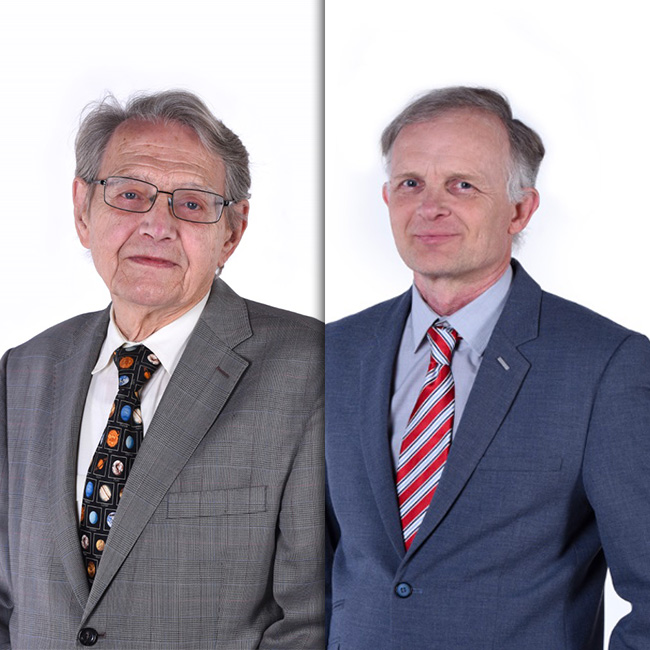
Development of advanced monitors of plasma parameters in space
Prof. RNDr. Zdeněk Němeček, DrSc. a Doc. RNDr. Lubomír Přech, Dr.
Department of Surface and Plasma Science, Faculty of Mathematics and Physics, Charles University
The team led by Zdeněk Němeček and Lubomír Přech uses their knowledge and long-term experience from designing satellite experiments for measuring plasma parameters in space. In a modern design, they consider the specifics of the environment and the capabilities of the given probe both from the perspective of electronic design and the resulting efficiency of a solution. The team has participated in various satellite experiments devoted to investigations of the interaction of the solar wind with the Earth's geomagnetic field.
As part of ongoing projects, team members are preparing an experiment for monitoring the solar wind on a retrograde orbit around the Sun with the aim of significantly extending the time for preparing Earth systems for the arrival of a strong storm from the Sun. If the first observations, which will be carried out on a test satellite launched at the end of 2026 in the Henon project, are successful, the preparation of several new satellites will begin. They will continue to monitor events in the solar wind and thus protect the Earth from the undesirable effects of space weather. The team is cooperating with Italian company ARGOTEX building the ESA funded satellite.
The ESA Comet Interceptor mission, which will be launched in 2029 to explore a pristine comet or interstellar object, will measure environmental parameters during its journey through the solar system, for example with a plasma spectrometer, which the team is developing joint with French and British colleagues.